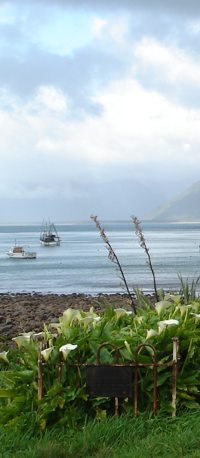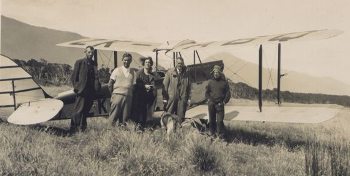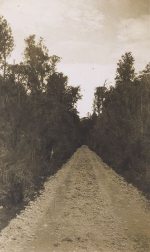 Haast
has a fascinating history, with both Maori and later,
European settlers and travelers spending time here.
Haast
has a fascinating history, with both Maori and later,
European settlers and travelers spending time here.
South Westland and Haast have been places
for Pounamu -(greenstone) gathering, goldmining, forestry,
farming, deer-hunting, whitebaiting, fishing, early aviation
and much more.
Maori valued Pounamu or Greenstone (Jade)
above all other treasures. Only found in the South Island,
particularly, Southwestland, originally home of the Ngati-Mamoe
tribe, Pounamu which was used for ornate carvings, tools
and traded extensively in the North. With strength beauty
and durability Pounamu was believed to have the power
of peace making, being linked with great chiefs.
In the 1860's German explorer Julius von
Haast named the Haast Pass also the Franz Joseph glacier
after the Emperor of Austria Franz Josef.
1864 saw the gold rush on the Iron sand
and gold rich beaches of the West coast and land clearances
were underway for sawmilling and farming.
European settlement was attempted at Jackson
Bay in the 1870s. A population of nearly 400 people within
a couple of years, with hopes of developing a township
and port to rival Timaru. Conditions were harsh and the
population completely isolated from civilization, many
people were ill equipped for the life they were to embark
on. Within five years the population declined to near
50 largely due to death by illness and accident, many
drownings in river and sea, child mortality rates were
such that many deaths went unrecorded. For these early
settlers from Europe, the UK and America, taming the landscape
proved difficult if not impossible, and fraught with grief
and hardship. Testimony to their bravery, the Arawhata
Cemetery gives a poignant reminder of their
story.
 Tourism
began in South Westland as early as 1890's Scottish born
Charlie Douglas AKA Mr Explorer Douglas' tireless
exploration, journal keeping and surveying of the area
had put South Westland on the map, giving names to many
mountains and rivers as he discovered them.
Tourism
began in South Westland as early as 1890's Scottish born
Charlie Douglas AKA Mr Explorer Douglas' tireless
exploration, journal keeping and surveying of the area
had put South Westland on the map, giving names to many
mountains and rivers as he discovered them.
The first commercial flight in New Zealand
was into Haast by pilot Bert Mercer in 1934, in a DH83
Fox Moth.
 The
first car drove from Hokitika to Franz Joseph in 1911,
While the Haast Pass (Tioripatea) Highway was finally
opened in 1965 the scenic140-kilometre road created a
vital road link between Wanaka in Central Otago with Haast.
The Maori had always used the Haast pass for trade, and
had named it "Tiori-patea" meaning
"the way ahead is clear."
The
first car drove from Hokitika to Franz Joseph in 1911,
While the Haast Pass (Tioripatea) Highway was finally
opened in 1965 the scenic140-kilometre road created a
vital road link between Wanaka in Central Otago with Haast.
The Maori had always used the Haast pass for trade, and
had named it "Tiori-patea" meaning
"the way ahead is clear."
In 1990, 2.6 million hectares of South-West New Zealand
was declared a World Heritage Area which gave international
recognition to the outstanding natural values of the area
(known to Maori as Te Wahipounamu, the place of the greenstone).
The World Heritage Area incorporates Fiordland, Mt Aspiring,
Westland and MT Cook National Parks plus some neighboring
protected areas.